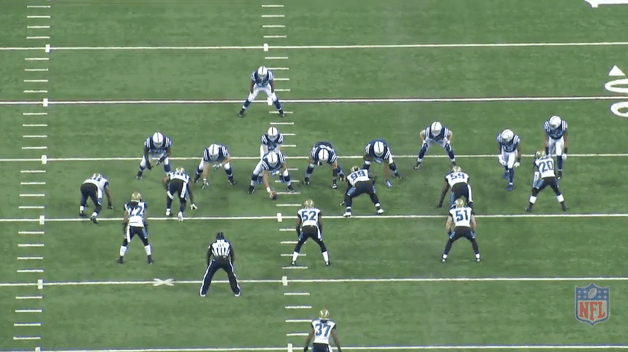This post is inspired by a take from G Money at Beerleagueheroes.com and I have a confession to make:
I was one of those guys that hated hockey analytics. Straight up despised talking about “Corsi” or “Possession”.
You know why I hated hockey analytics? It was because of ignorance. I did not have a clue what these fancy stats were or how valid they are.
I disliked how people would rely on these spreadsheets or charts to make judgement on a player. I figured the only way to get a good feel for a player was to only watch them with your own eyes.
See? That’s pretty damn ignorant when it came to analytics.
The Old Ways
Lets face it: anyone who calls themselves a die hard fan will say that they watch the game religiously. I can safely say I fall into that category of fan: I try to catch 2-3 games a week, mostly with the Edmonton Oilers, although I try to catch other teams to get a glance around the league, which is made even easier with streaming websites out there.
That way you can easily see, with the good ol’ eye test, who was standing out and who was putrid. I figured, this is the purest form of hockey.
Then came fancy stats and as I said, I was ignorant. I was horrible (and still am) at math. I never did Math 30. I still need a calculator. How the hell would I have any interest in advance stats and hockey analytics when I struggle so hard at math?
I dismissed it. I dismissed a lot of people who would constantly use their work as gospel. I dismiss the people who were obnoxious jerks with their work. It was more of a turn off where it felt that the advance stats crowd was a small elite that would snicker at others. To be fair, that view definitely changed: there are plenty of people who use advance stats on the Oilers Blogosphere that aren’t shoving it down your throats.
What Changed?
I will admit this: I’m still new at Hockey Analytics. I’m still pretty raw. I remember I started getting on board during the 2014 summer, mainly because the Edmonton Oilers acquired Teddy Purcell for Sam Gagner. I knew of Teddy Purcell, seen him enough times to have an opinion: he was a big skilled winger who didn’t use his god given size. However, I was interested in his advance stats and I had a friend explain me the basics and my curiosity was piqued. I wanted to find out what the hell Possession and Corsi meant. So I did some googling. I found out that there were some graphs called the Sledgehammer that showed the player’s zone starts and their impact on possession via how big it was (ice time) and the colour (blue was good, red and brown was bad).
It was colourful and easy to figure out. As a math simpleton, I liked this.
Bob McKenzie’s Hockey Confidential
It was actually in the Fall of 2014 where I read Bob McKenzie’s Hockey Confidential that I really started to take analytics the most serious and to the point where I embraced it. Here was a guy who opened the chapter like me: pretty terrible at math. Questioning how he would be able to understand it. Yet, he explained it. He explained the background of where Hockey Analytics started and how widely used it was by other teams.
How influential is Analytics for me now? The first thing I do when a player gets moved, I look at tables of possession comparing two different players (taken from ownthepuck ). I have a solid knowledge of what a player can bring and analytics helps me figure out if they are useful.
The Eye Test vs Analytics
So which one is better for me? Is it the good old fashioned eye test or is it the mathematic approach to hockey?
I think it’s both. I feel like both compliment each other. Analytics won’t tell you how to become a better possession player or tells you the intangibles (Take Alexander Semin: he was pretty solid possession wise, but he had a horrible work ethic which isn’t shown in the numbers). However, with analytics, you can find some of those hidden gems.
For example, take a look of Adam Pardy vs Kris Russell in terms of possession and generation of goals
Now mind you, it’s important to notice different factors of time on ice and how some parts are better used to judge different positions. Hey, it’s pretty cool to have that data!
Nowadays, I can admit that I was wrong in my ignorance. I see the usage of analytics. It’s not the be all end all of hockey but an extremely useful tool to supplement ideas of how well a player performs based on the eyes.
And that’s pretty damn cool considering how useless I am at math.
Add The Sports Daily to your Google News Feed!








